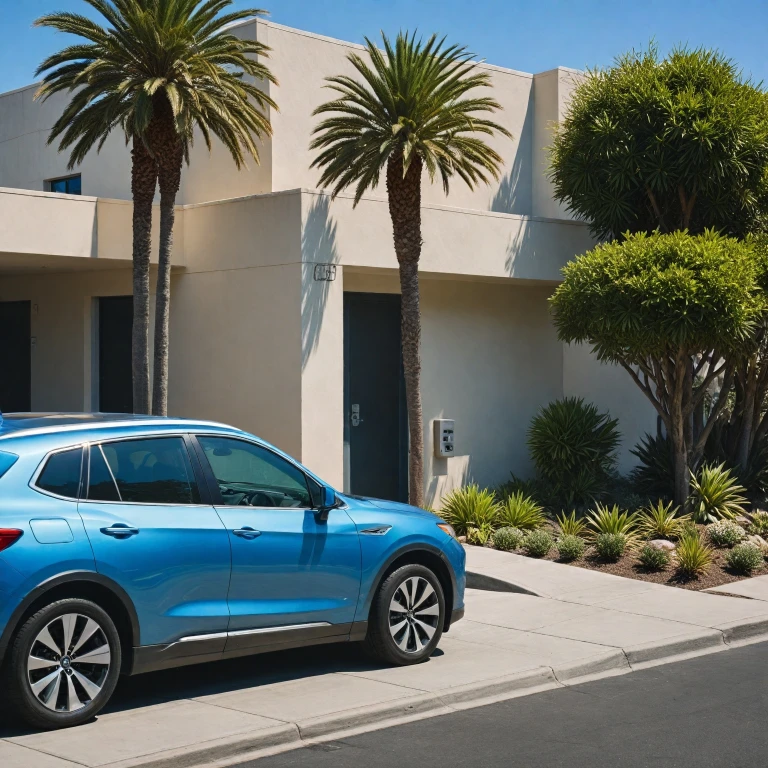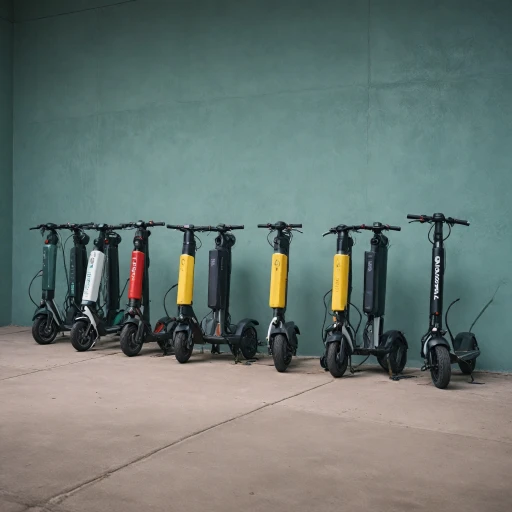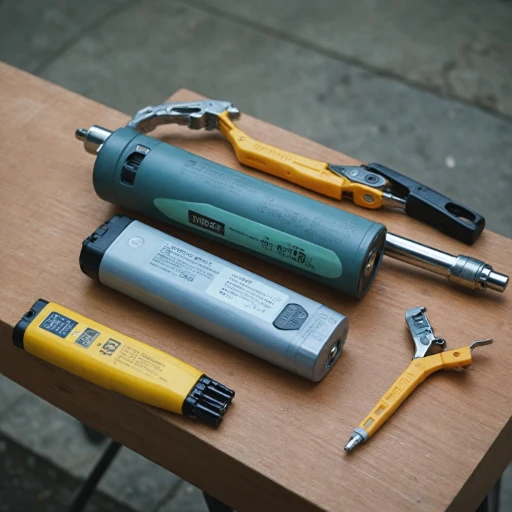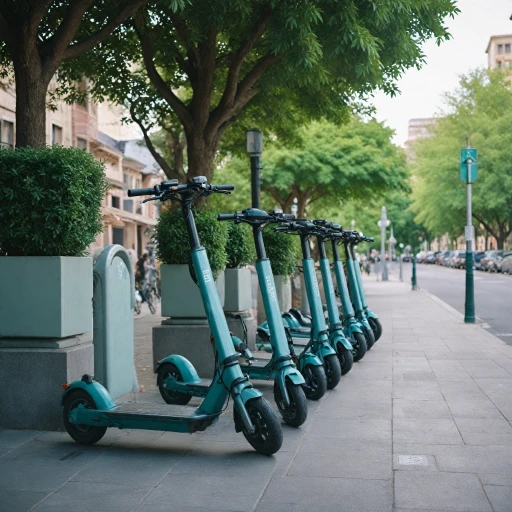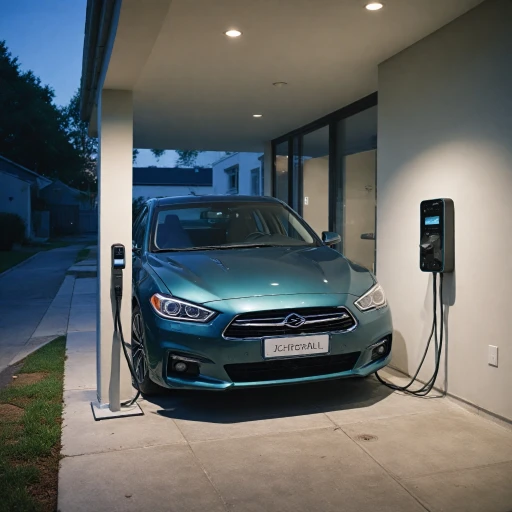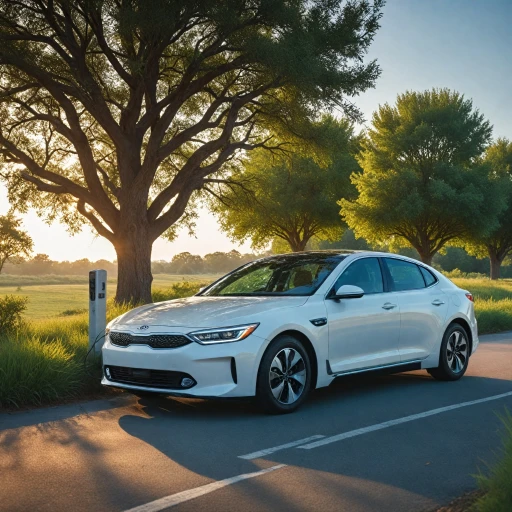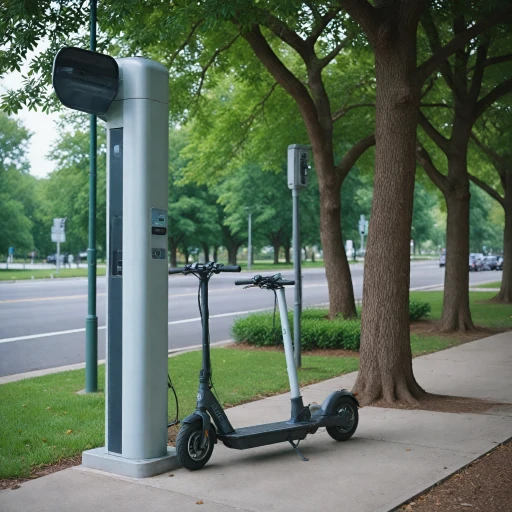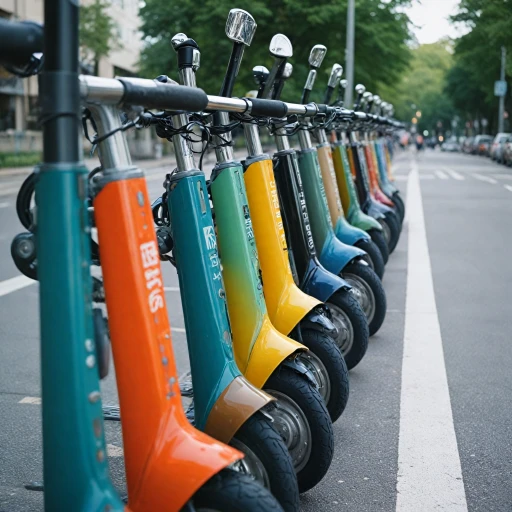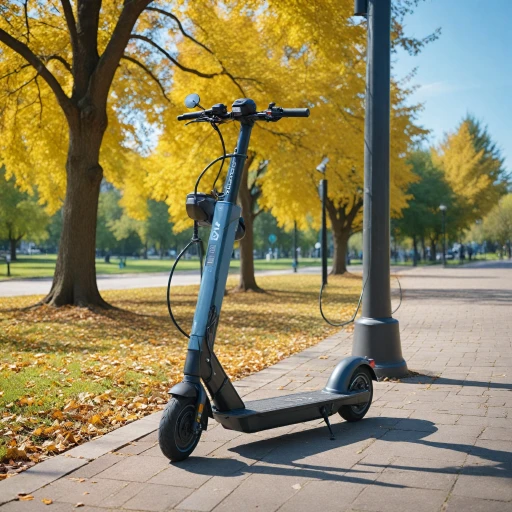
Overview of Level 2 Chargers
Grasping the Basics: What Is a Level 2 Charger?
As electric vehicles (EVs) continue to gain momentum, understanding the charging functionalities of Level 2 chargers becomes increasingly important for both seasoned EV drivers and newcomers. Unlike Level 1 chargers, which can often suffocate the momentum of an electric car due to their prolonged charging times, a Level 2 charger offers a more efficient power solution that makes charging an electric car in California or elsewhere much more convenient.
Level 2 chargers utilize a 240-volt system (similar to electric dryers and ovens). With this capability, they provide a much faster energy flow than their Level 1 counterparts, reducing the charging time significantly. This is a critical benefit for drivers who rely on their electric vehicles for daily commutes or frequent long journeys.
Moreover, Level 2 chargers come with various functionalities such as smart charging features, which allow users to customize charging times to avoid peak hours and leverage better energy rates, especially beneficial for those tied to utility systems like PG&E. These dynamic capabilities make them a preferable option for both residential and public charging stations across San Francisco and the wider Bay Area.
As for the costs, they vary considerably based on factors such as installation specifics and electrical panel upgrades. Additionally, charger installations in the Bay Area may incur unique expenses due to the regional infrastructure and local regulatory requirements. As we explore further, these installation costs can differ substantially when compared to other regions and are influenced by specific elements such as electrical system compatibility and the availability of financial incentives.
Factors Influencing Installation Costs
Understanding the Variables Affecting Installation Costs
When considering the installation of Level 2 electric vehicle chargers in places like the Bay Area, it's essential to understand the various factors that can influence costs. This isn't just about the charger itself; multiple elements come into play which collectively determine the final expenses. One crucial aspect to account for is the existing electrical infrastructure. If your current electrical panel isn't equipped to handle the additional load required by a Level 2 charger, an upgrade might be necessary. The average cost of a panel upgrade can vary widely, especially considering differences in the age and condition of electrical systems across Bay Area homes. Local codes and regulations might also mandate specific standards, further affecting prices. The rate of installation costs heavily relies on the installation's complexity. For example, if chargers need to be positioned a significant distance from the main electrical panel, routing conduit and wiring can add to labor expenses. Choosing an outdoor or indoor setup will also influence pricing; outdoor installations may require weatherproof equipment, impacting overall costs. Another factor is the labor rates in San Francisco and surrounding areas. The Bay Area is known for its higher labor costs compared to other regions. Additionally, energy usage during peak hours could affect ongoing electricity costs once the installation is complete. The type of charger and its power needs must correspond efficiently with your utility consumption to avoid unnecessarily high charging costs. For those keen on optimizing their expenditure without compromising efficiency, it's wise to familiarize yourself with local financial incentives from utility companies such as PG&E. These incentives can help offset installation costs significantly but differ depending on location and the specifics of each project. For even more clarity, if you're wondering where to find an experienced and reliable technician near you, resources such as a scooter charger nearby search can be quite beneficial in ensuring that you choose the right service provider.Cost Breakdown for Bay Area Installations
Breaking Down the Installation Cost of Level 2 Chargers in the Bay Area
The cost of installing a Level 2 charger in the Bay Area can vary significantly due to several factors, but generally, the area is known for its higher-than-average costs. Let's delve into where most of your money will go during a charger installation for electric vehicles in this region.Charging Equipment Cost: The Level 2 charger itself represents the first significant expense. Prices for these chargers can range between $400 to $1,200, depending on the brand, charging speed, and additional features like Wi-Fi connectivity for monitoring the charging process or compatibility with home automation systems.
Electrical Panel Upgrade: An essential factor influencing the expense is whether your existing electrical panel can handle the increased load from a Level 2 charger. Many older homes in areas like San Francisco may require a panel upgrade, adding $1,000 to $3,000 or more to the overall installation cost.
Professional Installation Fees: Hiring a licensed electrician is necessary to ensure safe and code-compliant installation. Labor costs in California, and specifically in the Bay Area, are among the highest in the nation; installation fees for a Level 2 charger often range from $800 to $2,500. This cost is influenced by the electrician's hourly rate and the complexity of the installation.
Permit and Inspection Fees: Most municipalities, especially in developed urban areas such as the Bay Area, require a permit for electrical work. Permit and inspection fees can add another $100 to $300 to your costs. Be sure to check local ordinances to ensure compliance and avoid potential fines.
Trenching and Wiring: Depending on the distance between your electrical panel and the desired location for the charging station, additional costs might be incurred for trenching and wiring. If your electric car's charging station needs to be set up in a detached garage or far from the main electrical panel, expect an increase in costs ranging from a few hundreds to thousands of dollars.
It's important to remember that charging at peak hours could affect your electricity rate, leading to potentially higher energy costs in the long run. This factor ties into the broader discussion of energy rates in the Bay Area and how they contribute to the total cost of operating electric vehicles. Understanding this breakdown equips you with better perspectives when budgeting for an electric vehicle charging installation cost in California.
Comparing Installation Costs Across Regions
Regional Variations in Installation Costs
When considering the installation of a Level 2 charger for your electric vehicle, it's important to recognize that costs can vary significantly depending on the region. In the Bay Area, for instance, the installation costs are influenced by several factors, including local labor rates, permitting fees, and the cost of materials. However, how do these costs compare to other regions?
In general, urban areas like San Francisco tend to have higher installation costs due to the increased demand for electric vehicle infrastructure and the higher cost of living. This can lead to higher labor rates and more expensive permitting processes. Conversely, rural areas may offer lower installation costs, but they might lack the availability of experienced installers, which can affect the quality of the installation.
Here's a brief comparison of installation costs across different regions:
- Bay Area: Higher costs due to labor rates and permitting fees. Expect to pay a premium for experienced installers.
- Los Angeles: Similar to the Bay Area, with high demand for electric vehicle infrastructure driving up costs.
- Midwest: Generally lower costs, but availability of skilled labor may vary.
- East Coast: Costs can vary widely, with urban centers like New York City experiencing higher rates.
It's also worth noting that the availability of financial incentives and rebates can significantly impact the overall cost of installation. In California, for example, programs offered by PG&E and other utilities can help offset some of the expenses associated with installing a Level 2 charger.
Ultimately, when planning your charger installation, it's crucial to consider not only the upfront costs but also the long-term benefits of having a reliable and efficient charging solution for your electric car. By understanding the regional cost differences and available incentives, you can make a more informed decision that suits your needs and budget.
Financial Incentives and Rebates
Exploring Financial Benefits for Level 2 Charger Installation
When considering the installation of a Level 2 charger for your electric vehicle in the Bay Area, it's essential to explore the financial incentives and rebates available. These can significantly offset the initial costs and make the transition to electric vehicles more affordable.
California, being a leader in promoting clean energy, offers various programs to encourage electric vehicle adoption. Here are some key incentives to consider:
- Federal Tax Credit: The federal government offers tax credits for installing electric vehicle charging stations. This can cover a portion of the installation costs, reducing your financial burden.
- California State Rebates: The state provides rebates for both residential and commercial installations of Level 2 chargers. These rebates can vary, so it's crucial to check the current offerings and eligibility criteria.
- PG&E Programs: Pacific Gas and Electric Company (PG&E) offers specific programs for electric vehicle owners. These may include rebates or special rate plans that lower the cost of charging during off-peak hours.
- Local Government Incentives: Some local governments in the Bay Area provide additional incentives for installing electric vehicle chargers. These can include grants or reduced permit fees, further decreasing the overall installation cost.
Understanding these incentives is crucial when planning your charger installation. They not only help in reducing the upfront costs but also promote sustainable energy practices. For a comprehensive understanding of how these factors influence your installation costs, consider the regional comparisons and cost breakdowns discussed earlier in this article.
Tips for Choosing the Right Installer
Key Considerations for Selecting Your Charger Installation Expert
When it comes to installing a Level 2 charger in your Bay Area home, the choice of installer significantly impacts the overall experience, costs, and efficiency. Here are some essential tips to guide your selection of the right professional:- Credentials and Experience: Examine their qualifications and expertise in handling Level 2 charger installations. Electric vehicles require precise electrical knowledge, especially when dealing with varying power levels and electric panels.
- Understanding Local Codes: In California, electrical installations must adhere to specific building codes. Your chosen installer should be knowledgeable about these standards to ensure compliance and safety. This expertise can also help in securing any necessary permits more efficiently.
- Transparent Cost Estimates: Request detailed quotes breaking down the installation costs. This should include labor, potential electrical panel upgrades, and additional costs like permits or peak-hour installation rates if applicable.
- Reviews and References: Testimonials from past clients in the San Francisco area can provide insights into the charger's installation quality and customer service levels. Look for professionals with a track record of successful electric vehicle charger installations.
- Energy Efficiency Solutions: Efficient use of power is crucial for minimizing long-term charging costs. An installer offering solutions for optimizing energy use and understanding PG&E’s peak hours can significantly reduce your electric car's operational costs.
